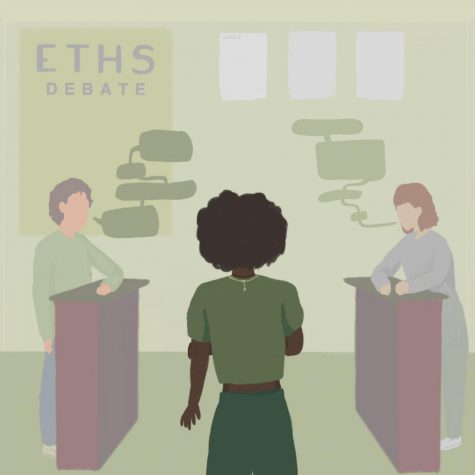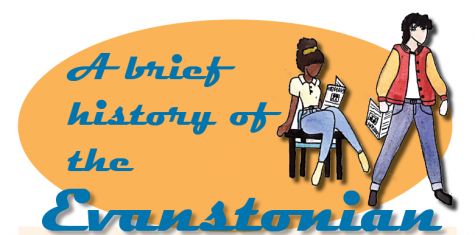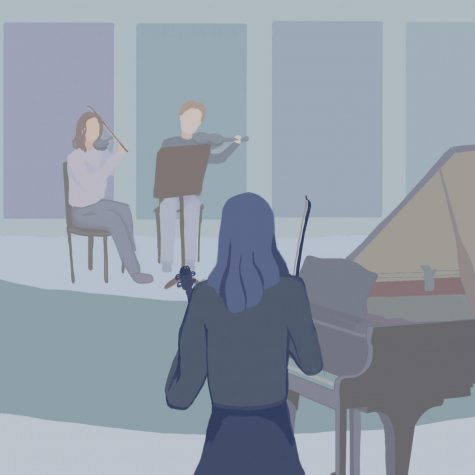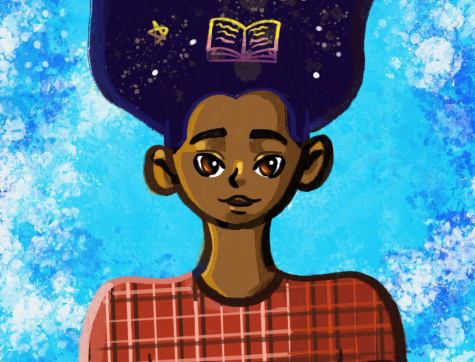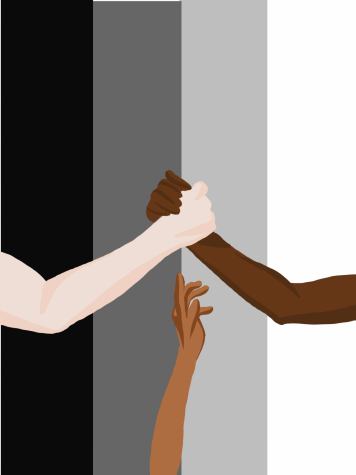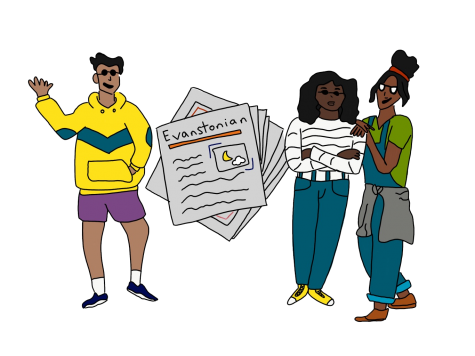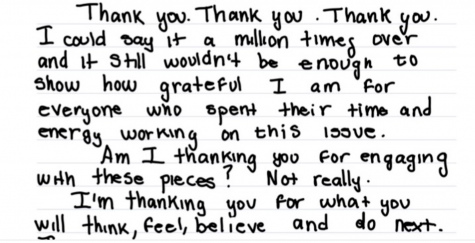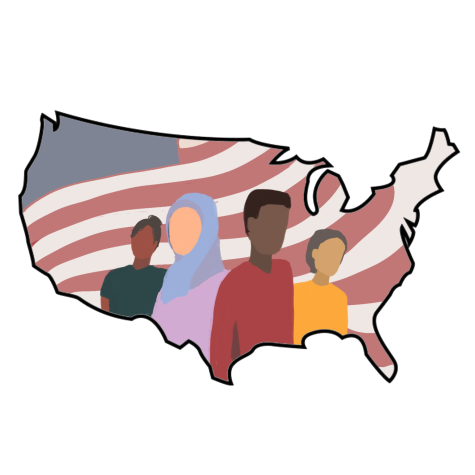A letter from ETHS’ Black Student Union
February 22, 2021
Equality, nor equity, has not yet been achieved at ETHS. Yes, school curriculum is increasingly focused on teaching the histories and accomplishments of Black Americans, but we must also work to change the trajectory of future history books, especially in Evanston. In 1883, ETHS was established as a segregated school catered for white students and families. Now, just under a century and a half later, students of color can still recognize the prevalence of whiteness within our shared institutions. From our white-washed history classes to the lack of faculty of color, the ideas of white superiority is still pushed forward at ETHS. Luckily, we attend a school that allows students to passionately express our hopes for equality for all of our students and our commitments to make positive change. After conversations with ETHS’ Black Student Union, here are the changes that we feel will make ETHS a more accepting place for all of its students of color.
1: Hire more therapists/mental health workers of color
Navigating life as a student of color can take a toll on mental health. Mental Health America states that seven million Black and African American citizens of the U.S reported having mental illness in the past year. Frequently, we observe racial division and being able to talk to a professional who understands what you are going through can be helpful. Unfortunately, the race of the mental health workers at our school do not reflect the student body. By hiring more mental health professionals of color, our students of color can be more comfortable reaching out for support.
2: Encourage POC to sign up for Honors and AP classes
Of all the students who participated in the conversation about what ETHS can do to make the school a more accepting place for its students of color, the majority of them mentioned the lack of people of color in higher-level courses. They said that they feel they either do not belong in the class due to it being predominantly white or that they were never encouraged to join the class in the first place.
“My counselor really encouraged me to push myself and take AP classes,” one white student explains.
In comparison, Black students have not felt encouraged.
“I was the one to bring up taking harder classes to my counselor,” one Black student explains.
This disparity in advanced education encouragement needs to change. Students of color should be encouraged, just as our white peers are, to join harder classes.
3: Start teaching Black history in history classes.
The only course that teaches an in-depth level of Black history is African-American Studies, which is an optional history class that can only be taken senior year. Many students agree that this needs to change. Black history should be required and completely integrated into all four years of our history curriculum. By letting students avoid learning about Black history, it makes us feel as if the struggles we have gone through are not important while also propagating lies about the impact and importance of white people for white students who just want their beliefs validated.
ETHS is a school that prides itself on its passion for social justice and inclusivity. While this is great, its words need to be met with active efforts to improve the educational experience of their students of color. By neglecting to make these changes, the school further promotes Black oppression.



